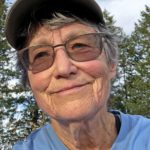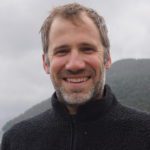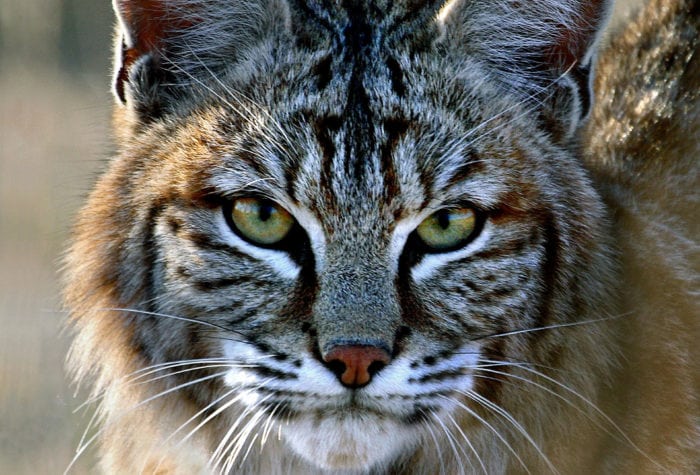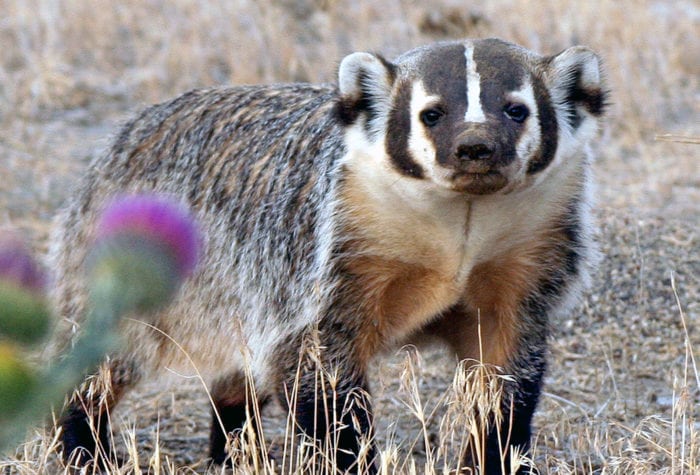Author: Corinne Handelman | Published: April 29, 2022 | Category: Look Back
Each spring, ONDA presents the High Desert Speaker Series featuring intriguing stories, exquisite photography, and fascinating natural history from the high desert and across the West.
It’s our hope that these events renew our collective appreciation of the lands, waterways, wildlife and culture of Oregon’s high desert and inspire a commitment to creating a thriving future for these special places. This year, we were so gratified to see thousands of members of our community tune in to experience the high desert virtually. You watched these events from all over the country, and we had higher engagement than ever before, with more audience questions than we could answer during each event!
To recognize the change of seasons and the conclusion of 2022’s High Desert Speaker Series, we offer a look back at this year’s three events. And, if you missed any of the events or would like to view one again, we have captioned recordings available.
Reclaiming Conservation
 A conversation with Faith E. Briggs, documentary filmmaker and podcast host working at the intersection of environment, race, history and culture.
A conversation with Faith E. Briggs, documentary filmmaker and podcast host working at the intersection of environment, race, history and culture.
Memorable Quote: “You know, I think a lot about residue, when I think about fear, and generational residue. Which was, if your grandparents weren’t allowed to go there and go camping, it means they didn’t take your parents there either, most likely, and so, your parents would have to find a way themselves. Somehow, someone would have had to introduce them to it, against fears, for that to be passed down to you. Or, you’re doing it for the first time… if someone is the first of their family there, and their parents are scared for them, and they’re scared for very real reasons.” Watch the full discussion for more context.
Get the recording
We kicked off ONDA’s 2022 High Desert Speaker Series with a conversation with filmmaker Faith E. Briggs. For years, Faith would run through the streets of Brooklyn each morning, before turning her attention to run 150 miles through three US National Monuments to assess the stakes of public lands conservation and what is lost if previously protected lands are reduced. This talk featured a screening of her short film “This Land” and Faith’s personal story to share lessons learned as a budding “conservationist” working through a cultural lens, weaving in reflections on people, entry points to conservation movements, and place.
Small Splendors, Vast Landscapes
A presentation by author, photographer, naturalist and geologist specializing in terranes of the Pacific Northwest, Ellen Bishop
Takeaway Tip: Ellen suggested tools to take along on your hikes or trips into the high desert, to appreciate the wonders large and small. These included: a field notebook to write observations, questions or sketches; a magnifying glass or hand lens; a cell phone or camera capable of macro photography; and a high-quality audio recorder. Watch her presentation for more details!
Get the recording
In March, Ellen Bishop presented “Small Splendors, Vast Landscapes.” Oregon’s deserts offer serene and yet provocative landscapes that invite contemplation. Yet sometimes, in viewing their sweeping vistas, we overlook the details that provide insight to their origins. These micro views of a macro landscape tell stories of epic floods, volcanic explosions, violent storms and more, as well as providing an entree to wildlife that we may overlook. Ellen’s image-rich talk guided us on to how we can read the details in these treasured landscapes that are precious to us all.
Wildlife Migrations in the West
 A presentation by UC Berkeley professor of wildlife management and policy, Arthur Middleton
A presentation by UC Berkeley professor of wildlife management and policy, Arthur Middleton
Worth Discussing: Multiple event attendees asked questions about the impact of climate change on wildlife migrations, especially if the timing of spring “greening” is shifting migration timing or having other impacts. This led to a thoughtful reflection from Arthur about changes associated with our shifting climate, including shortened spring windows, and how those impacts interact with other challenges to migrations, including land use change and physical barriers. Be sure to watch through the end for more information.
Get the recording
Wrapping up the 2022 High Desert Speaker Series, Arthur Middleton gave a presentation on the basic ecology of ungulate migrations in the western United States. He profiled threats to these migrations, including climate and land-use change, as well as barriers to migration like roads and fences. With a nod to the future, Arthur also discussed some emerging models and opportunities for collaborative conservation of important migrations.
Thanks to the presenters who shared their unique and deep knowledge about the desert and to you, our conservation community for tuning in and using this inspiration to advocate for the conservation of Oregon’s wildest places.
If you have any thoughts about the High Desert Speaker Series you’d like to share with ONDA’s team, we’d love to hear your feedback. Send us a note to share your perspective.
 A conversation with Faith E. Briggs, documentary filmmaker and podcast host working at the intersection of environment, race, history and culture.
A conversation with Faith E. Briggs, documentary filmmaker and podcast host working at the intersection of environment, race, history and culture.
 A presentation by UC Berkeley professor of wildlife management and policy, Arthur Middleton
A presentation by UC Berkeley professor of wildlife management and policy, Arthur Middleton
